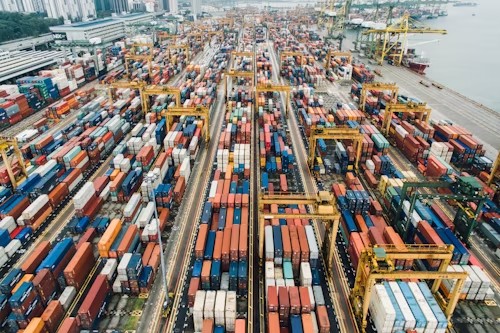Introduction:
In the global marketplace, children's toys are not only a source of amusement but also a significant industry that bridges cultures and economies. For manufacturers looking to extend their reach, exporting to the European Union (EU) offers vast opportunities. However, the journey from production line to playroom is fraught with regulations and requirements designed to ensure safety, environmental sustainability, and compliance with laws that protect the well-being of children. This article serves as a comprehensive guide outlining the essential certifications and standards that toy exporters must meet to successfully enter the European market.


Safety Standards and Certifications:
The cornerstone of European regulation for children's toys is safety. The overarching directive that governs toy safety across the EU is the Toy Safety Directive, which is currently undergoing updates to align with the latest 2009/48/EC version. Under this directive, toys must adhere to strict physical, mechanical, flame resistance, and chemical safety standards. Exporters must ensure their products carry the CE marking, indicating compliance with these directives.
One of the most critical steps in obtaining the CE mark involves conformity assessment by an approved Notified Body. This process requires rigorous testing that may include:
- Physical and Mechanical Tests: Ensuring that toys are free from hazards such as sharp edges, small parts that pose a choking risk, and potentially dangerous projectiles.
- Flammability Tests: Toys must meet flammability standards to reduce the risk of burns or fires.
- Chemical Safety Tests: Strict limits on the use of harmful substances like lead, certain plasticizers, and heavy metals are enforced to protect children's health.
Environmental Regulations:
In addition to safety concerns, environmental regulations play an increasingly important role in the toy industry. The EU's Restriction of Hazardous Substances (RoHS) Directive restricts the use of six hazardous materials in electronic and electrical equipment, including toys that contain electrical components. Moreover, the Registration, Evaluation, Authorisation, and Restriction of Chemicals (REACH) regulates the use of chemicals to ensure human health and environmental protection. Toy manufacturers must register any chemicals used in their products and provide detailed information on safe use.
Country-Specific Requirements:
While the CE marking and compliance with EU-wide safety standards are fundamental, toy exporters should also be aware of country-specific regulations within Europe. For example, Germany has additional requirements known as the "German Toy Ordinance" (Spielzeugverordnung), which includes stricter definitions of what constitutes a toy and imposes additional labeling requirements. Similarly, France mandates the "RGPH note" for products that comply with French public health regulations.
Labeling and Packaging:
Accurate labeling and transparent packaging are paramount for toys entering the EU market. Manufacturers must clearly display the CE mark, provide information on the manufacturer or importer, and include warnings and age recommendations where necessary. Packaging should not mislead consumers about the product's contents or present choking hazards.
Shelf-Life and Recall Procedures:
Toy exporters must also establish clear procedures for monitoring the shelf-life of their products and implementing recalls if safety issues arise. The Rapid Alert System for Non-Food Products (RAPEX) allows EU members to quickly share information about risks detected in products, facilitating swift action to protect consumers.
Conclusion:
In conclusion, navigating the complex landscape of certifications and requirements for exporting children's toys to Europe requires diligence, preparation, and a commitment to meeting stringent safety and environmental standards. By understanding and adhering to these regulations, toy manufacturers can successfully breach European shores, ensuring that their products not only delight children across the continent but also uphold the highest standards of safety and quality. As the global toy industry continues to evolve, staying updated on these regulations will remain an essential task for any business seeking to make its mark in the European market.
Post time: Jul-01-2024



